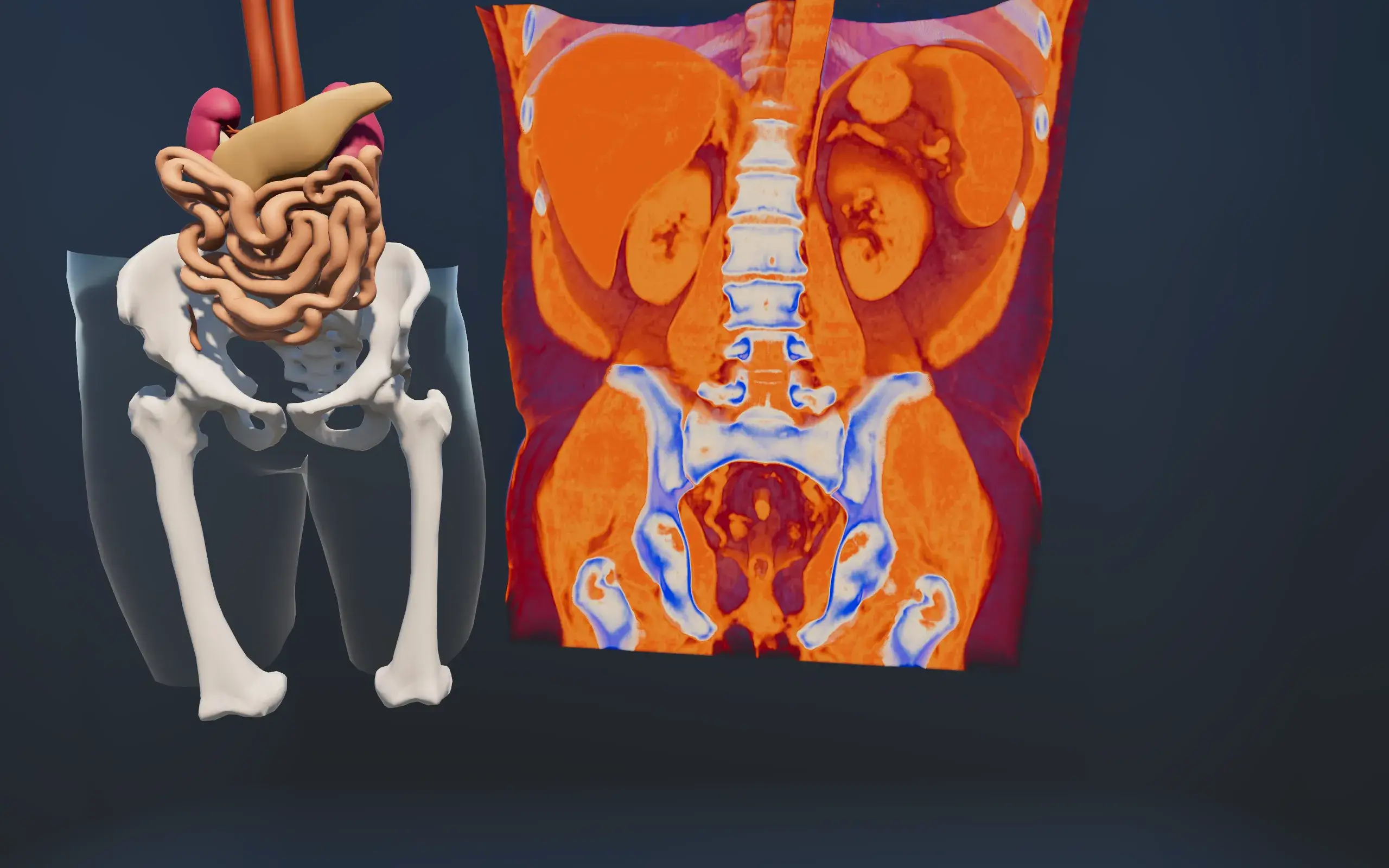“The human body in 3D is no longer just a model—it’s your MRI, enhanced 3D body scan.”
The era of flat imaging is fading. 3D body scan platforms are reshaping the landscape of how practitioners, educators, and even patients view MRI and CT imaging. A 3D MRI scan offers a level of clarity and tangibility that outpaces traditional formats.
What Makes 3D MRI Different?
Traditional MRI provides powerful insights, but the images can be difficult to interpret, particularly for those without formal training. 3D MRI imaging, on the other hand, offers a dynamic, interactive visual format that can be rotated and examined in a more intuitive way. When paired with advanced medical imaging software, the results are nothing short of stunning.
Real-World Utility
3D medical imaging software can be used in a host of real-world scenarios. These include:
- Medical training simulations
- Personal health records
- Forensics and legal documentation
- Surgical planning and follow-ups
CT MRI Imaging: A Complementary Powerhouse
CT MRI imaging offers a comprehensive diagnostic canvas when both modalities are used together. The cross-reference of data adds layers of precision, and in 3D format, allows users to contrast density-based scans with tissue-focused images.
User Experience Matters
The newest generation of medical imaging software is designed with usability in mind. A good platform will be intuitive for first-time users while offering deep customization for professionals. This democratizes the utility of 3D MRI imaging—making it accessible for more than just radiologists.
